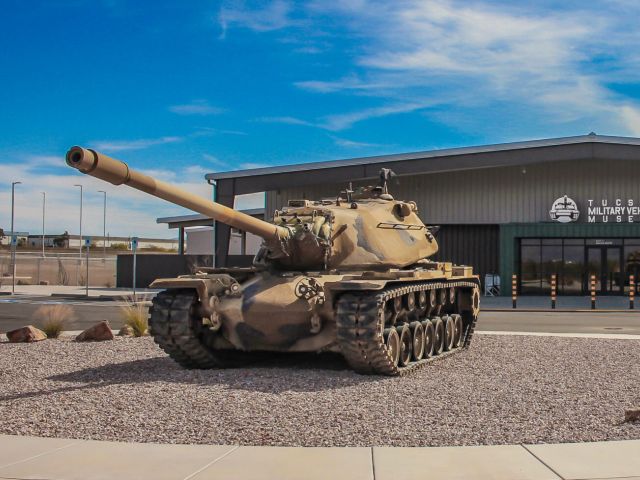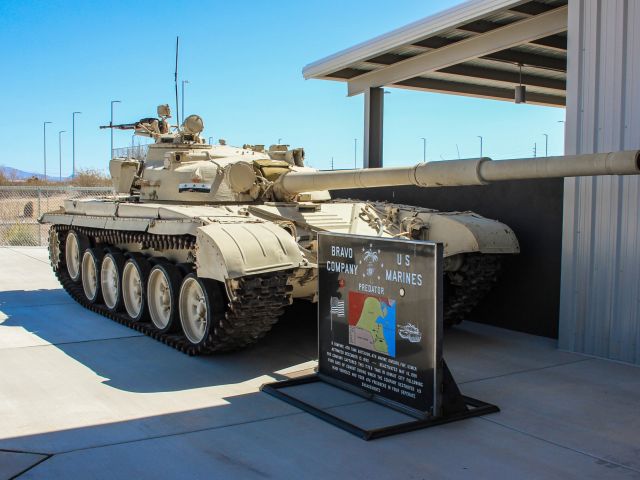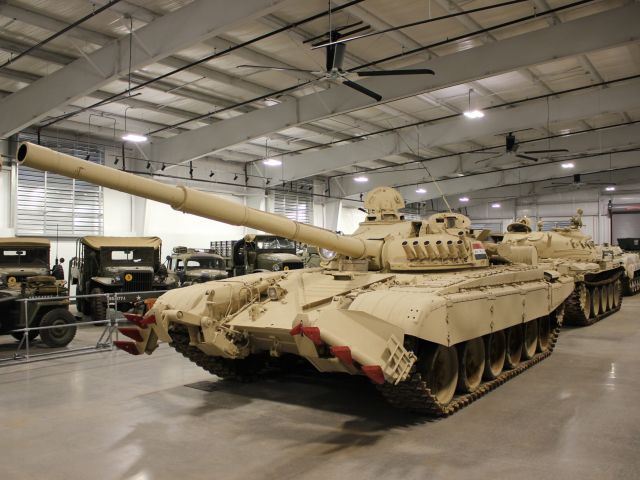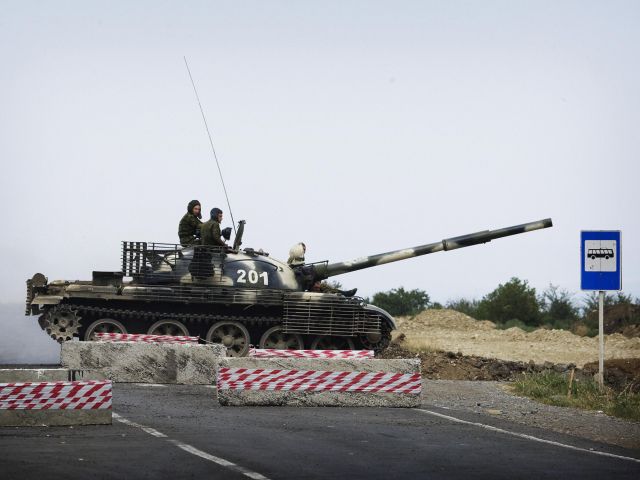Technical Specifications
-
Crew:11
-
Caliber:88 mm
-
Elevation:-3 to 85 degrees
-
Traverse:360 degrees
-
Rate of Fire:15 to 20 rounds per minute
-
Muzzle Velocity:2,960 feet per second
Description
The Eighty-Eight was the most recognized and feared German anti-aircraft and anti-tank gun of World War II.
The 8.8 cm, commonly known as the Eighty-Eight (88), was a versatile artillery gun used by the German Military. Between 19,000–20,000 were built and the weapon saw service on all German fronts from the Spanish Civil War through the end of World War II.
The Eighty-Eight was designed by Krupp in the late 1920s as an anti-aircraft gun. The first version, the 8.8 cm Flak 18 went into service in 1933. Flak is short for Flugabwehrkanone, aircraft defense cannon. The 88’s anti-aircraft projectile was time fused, when it exploded at altitude it would send out large pieces of shrapnel damaging and destroying aircraft. The German Army quickly realized that the 88’s long range, high velocity, and high rate of fire made it a powerful anti-tank gun.
The 88 was upgraded to the 8.8 cm Flak 36, 37, and 41. These versions had a carriage that made the gun mobile. The gun could be fired as a limited anti-tank gun while still on its wheels. For it to be used as an anti-aircraft gun the front and aft bogies with two wheels each were removed. Then the outriggers were lowered into place. The gun’s standard crew of eleven could do this in 2-3 minutes.
The Eighty-Eight was one of the most feared weapons of Nazi Germany. The fear of it was so big that Allied soldiers in Western Europe in 1944–45 attributed their tank losses to them when most, if not all, were casualties to other anti-tank guns. While it was likely responsible for thousands of Allied casualties, it wasn’t a super weapon. It was large and could only be moved by a heavy duty six wheeled truck or a half-track. This made it a vulnerable target. Its biggest strength was that it could be built in large numbers relatively cheaply.





